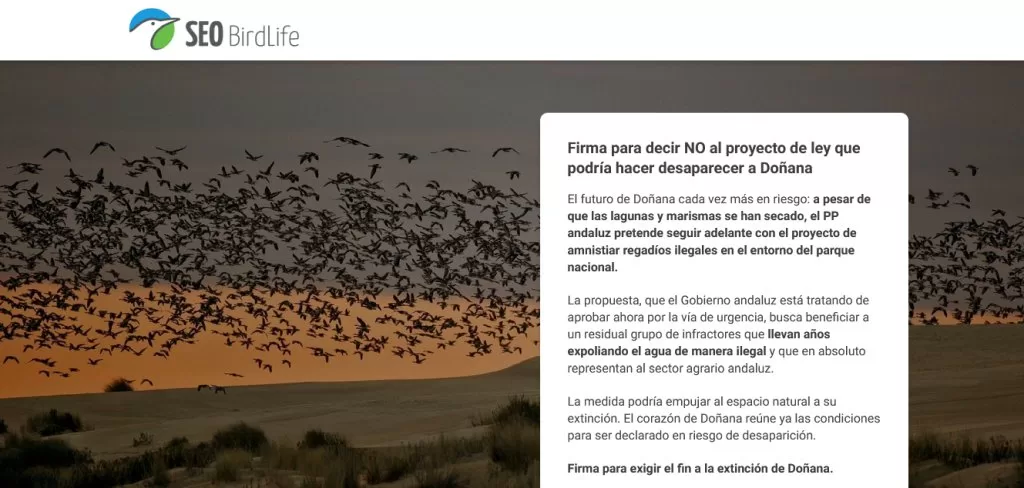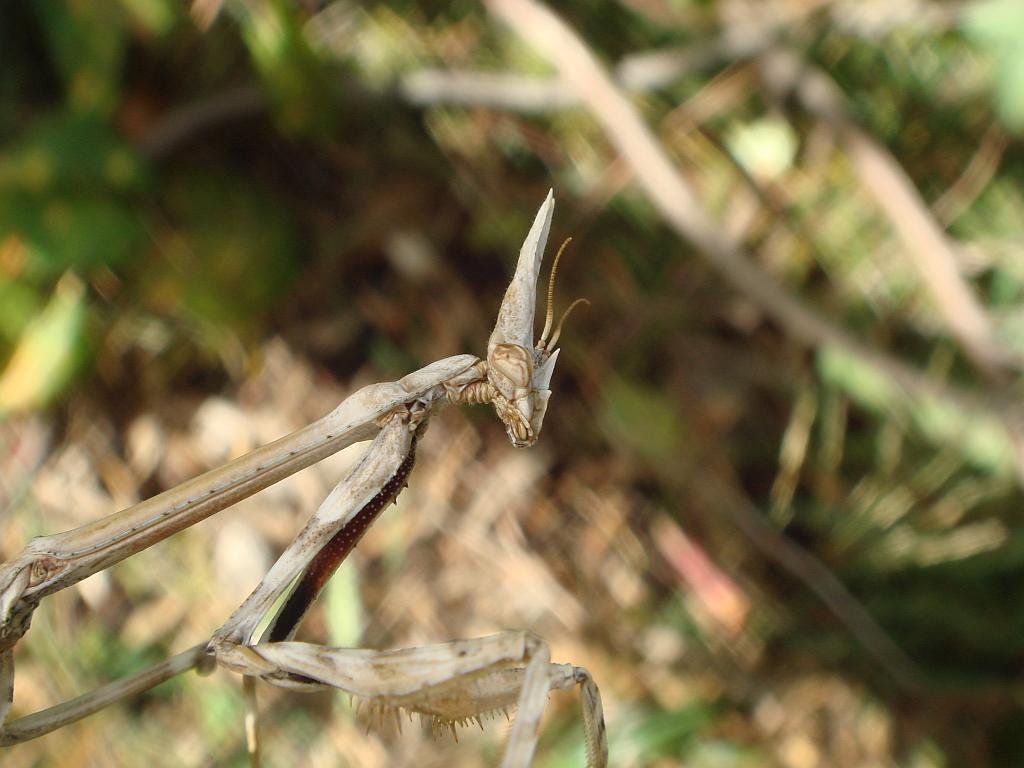The future of Doñana is increasingly at risk.
Despite the drying up of the lagoons and marshes, the Andalusian PP (People’s Party) intends to move forward with the project to grant amnesty to illegal irrigation in the vicinity of the national park. The proposal, which the Andalusian government is trying to pass urgently, seeks to benefit a residual group of offenders who have been illegally exploiting water for years and do not represent the Andalusian agricultural sector at all. This measure could push the natural space to extinction. The heart of Doñana already meets the conditions to be declared at risk of disappearance.
Here is the petition to sigh: https://seoactua.org/peticion/donana/ (Its in Spanish but very simple to follow. Just add your name and email and thats it!)




